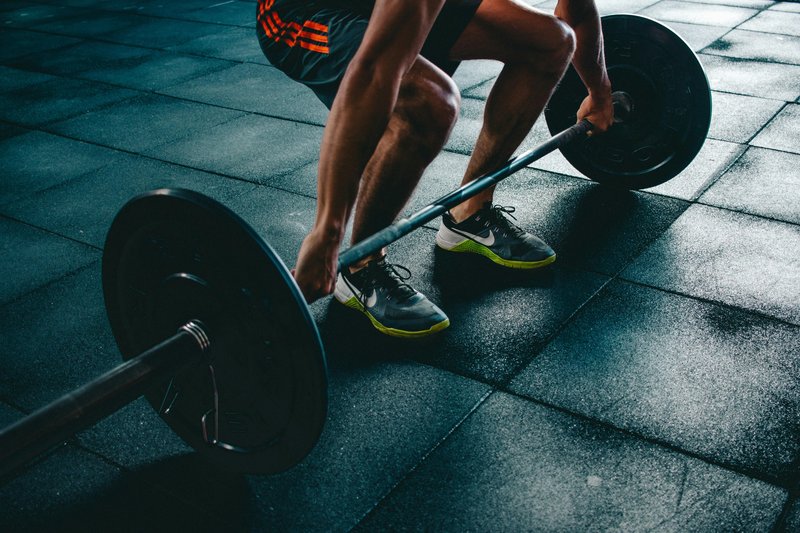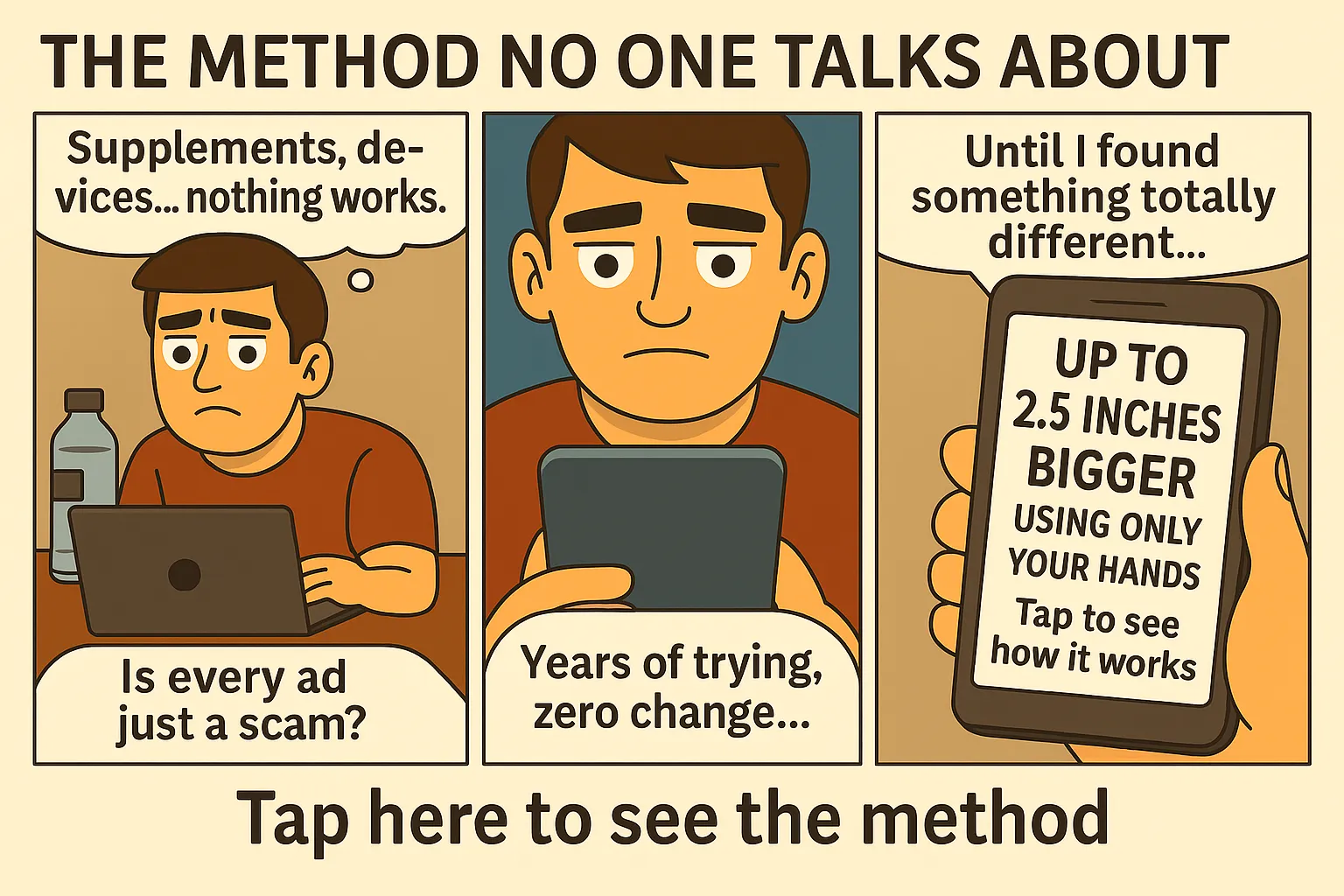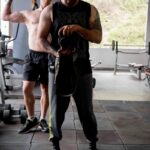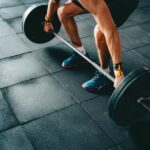The Silent Saboteur in Your Daily Routine 🪑🔥
Modern life makes sitting feel like the default mode. We sit at work, in traffic, at home, and even while relaxing. But this chronic inactivity is silently sabotaging your hormonal balance — especially your testosterone levels. The connection between sitting and testosterone impact is deeper than most realize.
Testosterone: The Fuel for Masculinity
🧠 Sitting vs. Movement: Hormonal Effects Comparison
| Factor | Sedentary Lifestyle | Active Lifestyle |
|---|---|---|
| Testosterone | ⬇ Suppressed | ⬆ Stimulated |
| Estrogen | ⬆ Elevated | ⬇ Balanced |
| Blood Flow | Poor | Optimal |
| Sexual Health | Declines | Improves |
| Fat Storage | Increases (belly/chest) | Reduces |
Testosterone governs your strength, drive, mood, sexual performance, and confidence. Yet, it’s incredibly sensitive to lifestyle. One of the most underestimated enemies of healthy testosterone is prolonged sitting.
The Physiology of Sitting and Hormonal Shutdown
When you sit for hours without interruption, your muscles become inactive, blood circulation slows, and vital signals to produce testosterone get disrupted. Your body essentially shifts into a conservation mode — which is great if you’re in a cave during winter, but disastrous for modern men.
Studies have shown a direct correlation between inactivity and lower testosterone levels. When the glutes, thighs, and core remain dormant, so does your endocrine system. Physical movement sends hormonal triggers to your brain. Lack of it causes those messages to stop firing.
Sedentary Lifestyle and Estrogen Dominance
Here’s what happens when testosterone drops: estrogen starts taking over. This imbalance leads to fat gain (especially around the belly), mood swings, reduced libido, and even gynecomastia in extreme cases. And it all starts with the simple act of sitting too much.
Common Sedentary Traps to Avoid
- Remote work setups without a movement plan
- Binge-watching shows for hours
- Long commutes with zero activity before or after
- Gaming marathons with no breaks
Small Movements, Big Impact
The solution isn’t becoming a full-time athlete. Simple daily adjustments can reignite your hormonal engine. Incorporate the following strategies:
- Set a timer to stand or stretch every 30 minutes
- Opt for stairs instead of elevators
- Walk during phone calls or meetings
- Use dynamic seating like exercise balls occasionally
Exercise as Hormonal Therapy
Resistance training is a powerful testosterone booster. Compound lifts like squats and deadlifts activate large muscle groups and stimulate hormone release. Just 3 intense sessions per week can reverse much of the hormonal damage caused by inactivity.
Integrate Natural Biohacks
Alongside movement, other natural habits can amplify your hormonal recovery. Consider:
- Practicing nasal breathing during workouts
- Getting 10–20 minutes of morning sunlight exposure
- Eliminating toxic bathroom disruptors
- Stacking targeted daily supplements
Case Study: Hormonal Crash from Corporate Desk Life
Mike, 34, worked 10+ hours daily in an office. After just a year, he noticed fatigue, low libido, and stubborn belly fat. Blood tests confirmed low testosterone. By switching to a standing desk, walking twice a day, and adding weight training, his levels began to climb within months — no drugs needed.
Don’t Let Your Chair Castrate You
This may sound dramatic, but your hormones truly depend on movement. Every hour of uninterrupted sitting chips away at your manhood. Don’t wait until symptoms arise. Start shifting now.
Conclusion: Rebuild Your Hormonal Power
The sitting testosterone impact is real and scientifically proven. To stay sharp, strong, and virile, you must prioritize daily movement. Combine resistance training, micro-activities throughout the day, and supportive habits that reinforce your endocrine system.
If you’re serious about rebuilding your male edge, access the full natural performance protocol here.
Why Movement is Non-Negotiable for Hormonal Balance
Let’s be blunt: you can’t optimize testosterone while living like a statue. Movement is a primal need, not a luxury. Our ancestors didn’t sit for 8–10 hours daily — they hunted, gathered, and stayed active throughout the day. Their testosterone levels reflected that reality.
Hormonal Benefits of Functional Movement
Movements like walking, squatting, and pulling not only burn calories — they directly influence your pituitary and adrenal glands, which regulate testosterone, growth hormone, and cortisol. Sitting removes these natural triggers, leading to systemic decline.
The Dangerous Loop of Inactivity
Sedentary life leads to poor posture, low energy, poor sleep, and chronic stress. All of these further suppress testosterone. The lower your testosterone, the less motivation you’ll have to move — forming a vicious loop that destroys your vitality.
Break the Loop: Tactical Fixes That Work
- Wake up with 20 squats and pushups — no excuses
- Set a “movement alarm” on your phone hourly
- Buy a cheap resistance band for quick muscle activation
- Use walking as your default recovery from meals
Hormonal Gains Without the Gym
You don’t need a gym membership to boost testosterone. Bodyweight exercises, isometrics, walking, and mobility work are potent tools when used consistently.
Testosterone-Boosting Movements at Home
- Pushups to failure, 2–3 sets per day
- Bodyweight squats — aim for 100 daily
- Planks and leg raises to engage the core
- Stair sprints or hill walks if available
All of these stimulate the large muscle groups linked to higher testosterone production. Make movement non-negotiable, just like brushing your teeth.
Stack Your Gains with Environmental Habits
Your physical environment matters too. Exposure to morning sun boosts testosterone and regulates your circadian rhythm. Check out our full breakdown on sunlight and hormones for more details.
Likewise, toxins in your everyday products — especially in the bathroom — may be sabotaging your hormones. Learn what to eliminate by reading our guide on bathroom hormone toxins.
Sitting and Sexual Health: A Hidden Link
The impact of sitting goes beyond muscle loss. It disrupts blood flow to the pelvis, affects prostate health, and leads to erectile issues over time. Yes, sitting too much can literally kill your sex drive.
Pelvic Circulation and Testosterone
Blood flow is essential for testosterone delivery. Chronic sitting compresses pelvic arteries and veins, reducing the efficiency of hormone transport and erection quality. Incorporate hip mobility work to combat this.
Mobility Drills That Restore Flow
- Deep squats with hold
- Hip flexor lunges
- Leg swings and glute bridges
Want better performance and drive? Start with your hips and spine — not just pills or supplements.
The Masculine Edge Depends on Motion
Motion creates testosterone. The more you move with intention, the more your body responds. Add in quality sleep, stress reduction, and targeted nutrition, and you’re building a bulletproof hormonal foundation.
Final Thoughts: Your Chair is the Silent Killer
The average man is slowly being neutered by his office chair, gaming setup, and “comfort-first” lifestyle. But you don’t have to be average. Your body is designed for power, presence, and performance — and movement is the activation key.
Don’t wait for symptoms. Take charge of your hormonal health now.
Start your transformation with this complete protocol for natural male enhancement.
Explore more ways to support your lifestyle: Daily supplements every man should take.
❓FAQ: Sitting and Testosterone
Does sitting all day really lower testosterone?
Yes. Prolonged sitting restricts blood flow, reduces muscle activation, and signals your body to produce less testosterone. Over time, this leads to hormonal imbalances that impact energy, libido, and fat storage.
How quickly can I reverse the hormonal damage from being sedentary?
Positive changes can begin in as little as 2–3 weeks with consistent movement, strength training, and hormonal support habits like better sleep and sunlight exposure. Full recovery depends on age, lifestyle, and consistency.
 How Sitting Too Much Quietly Destroys Your Hormones – strength and sexual wellness theme – via supremepenis.com
How Sitting Too Much Quietly Destroys Your Hormones – strength and sexual wellness theme – via supremepenis.com







